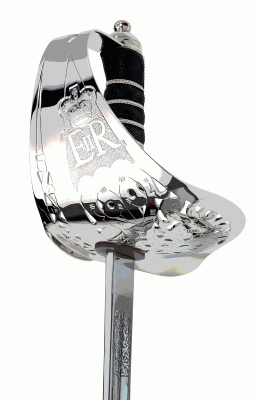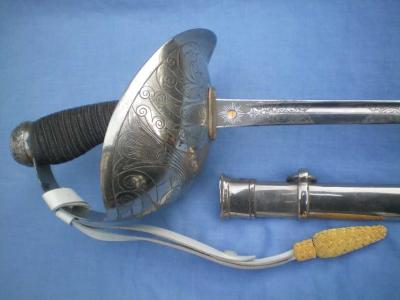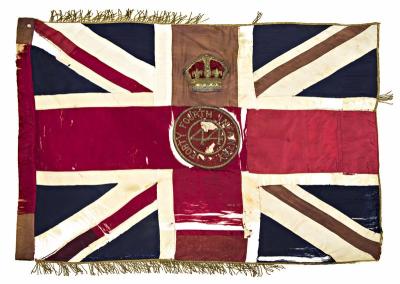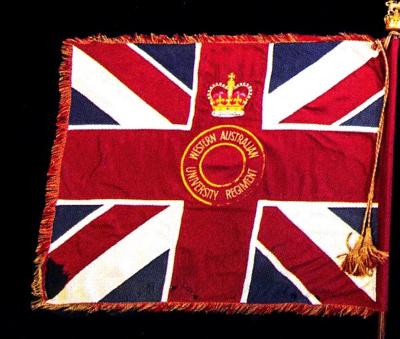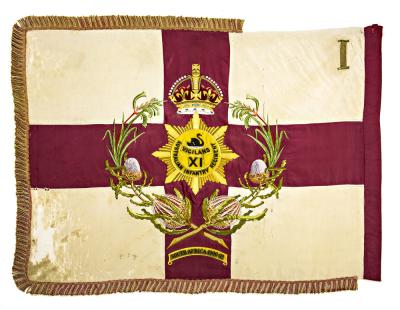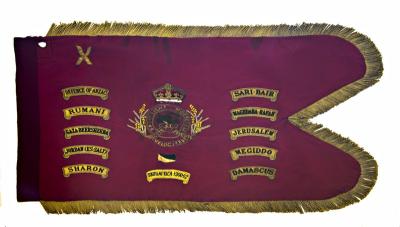Propellor Tip Trench Art
Trench art is a term used to describe useful items or unique souvenirs made by soldiers using discarded battlefield materials, like these two propeller tip photo frames. These examples of trench art incorporate images of Sergeant Arthur Francis Oldfield, No 1 Squadron, Australian Flying Corps of Kalgoorlie and his brother, Private Douglas Hyde Oldfield, 28th Battalion, AIF of Blackboy Hill The aircraft type of the propellers has not been determined.
Actioning Britain’s request to form flying squadrons for service with the British forces, No 1 Squadron Australian Flying Corps (AFC) was formed at Point Cook in Victoria in January 1916. It sailed from Melbourne on 16 March, and arrived in Egypt on 14 April. The squadron was designated as 67 (Australian) Squadron, Royal Flying Corps (RFC), and would not revert to its original name until January 1918.
The squadron began flying operations in June 1916. Initially the squadron's main role was aerial reconnaissance and its aircraft operated both out across the Sinai desert in search of Turkish forces, and across Egypt's western desert to monitor activity by the rebellious Senussi. Increasingly, though, its aircraft were involved in attacks against Turkish ground forces. From December 1916, the squadron supported the British advance into Palestine carrying out reconnaissance, photography, ground attack and liaison missions, in addition to having to fight off aggressive German adversaries.
The arrival of new aircraft in the second half of 1917, enabled gradual control of the air from the German squadrons. allowing them to range over Turkish territory with virtual impunity. Airpower contributed greatly to the success of operations in 1918, particularly the Battle of Megiddo on 19 September 1918. 1 Squadron returned to Egypt in February 1919, embarked for home on 5 March, and was disbanded upon its arrival in Australia.
Details
Details
One frame shows the brothers in uniform and the other in civilian clothes. The pictures are surrounded by a wreath incorporating the Australian Flying Corps colour patch.
Both Sergeant Arthur Oldfield, and his brother, Private Douglas Oldfield, were wounded during the war and returned to Australia, Douglas in 1918 and Arthur the following year. They settled again in Western Australia; Arthur died in 1987 aged 92 and Douglas in 1980, aged 84. These two examples of trench art are exhibited in the World war 1 Gallery.
Australian Army Museum of Western Australia
Australian Army Museum of Western Australia
Other items from Australian Army Museum of Western Australia
- Sword - Artillery Pattern
- Sword - General Officer Mameluke Pattern
- Sword - Infantry Pattern
- Sword - Cavalry Pattern
- World War 2, Australia, Western Australia,SS Vyner Brooke, FARMANER, 1940
- Kings's Colour - 1st Infantry Regiment (WA Volunteers) (1896 Presentation)
- 44th Battalion (The West Australian Rifles) - King's Colour (Initial Presentation 1920)
- 44th Battalion (The West Australian Rifles) - Regimental Colour (1927 Presentation)
- Western Australian University Regiment - King's Colour - 1958 Presentation
- 1st Battalion, 11th Australian Infantry Regiment (Perth Regiment) - King's Banner (1911 Presentation)
- Regimental Colour - 1st Battalion, 11th Australian Infantry Regiment (Perth Regiment) (1911 Presentation)
- 10 Light Horse Regiment - Guidon (1928 Presentation)
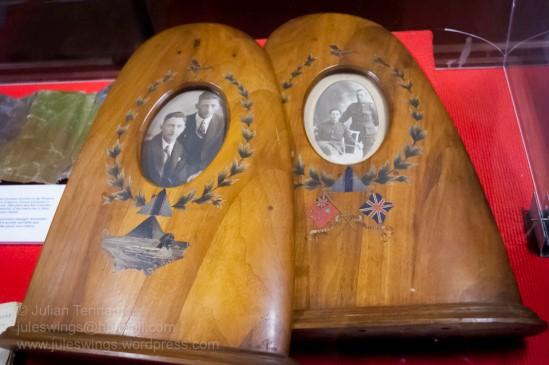
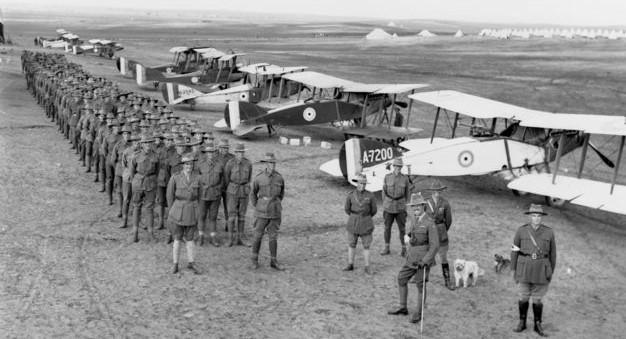
Scan this QR code to open this page on your phone ->



